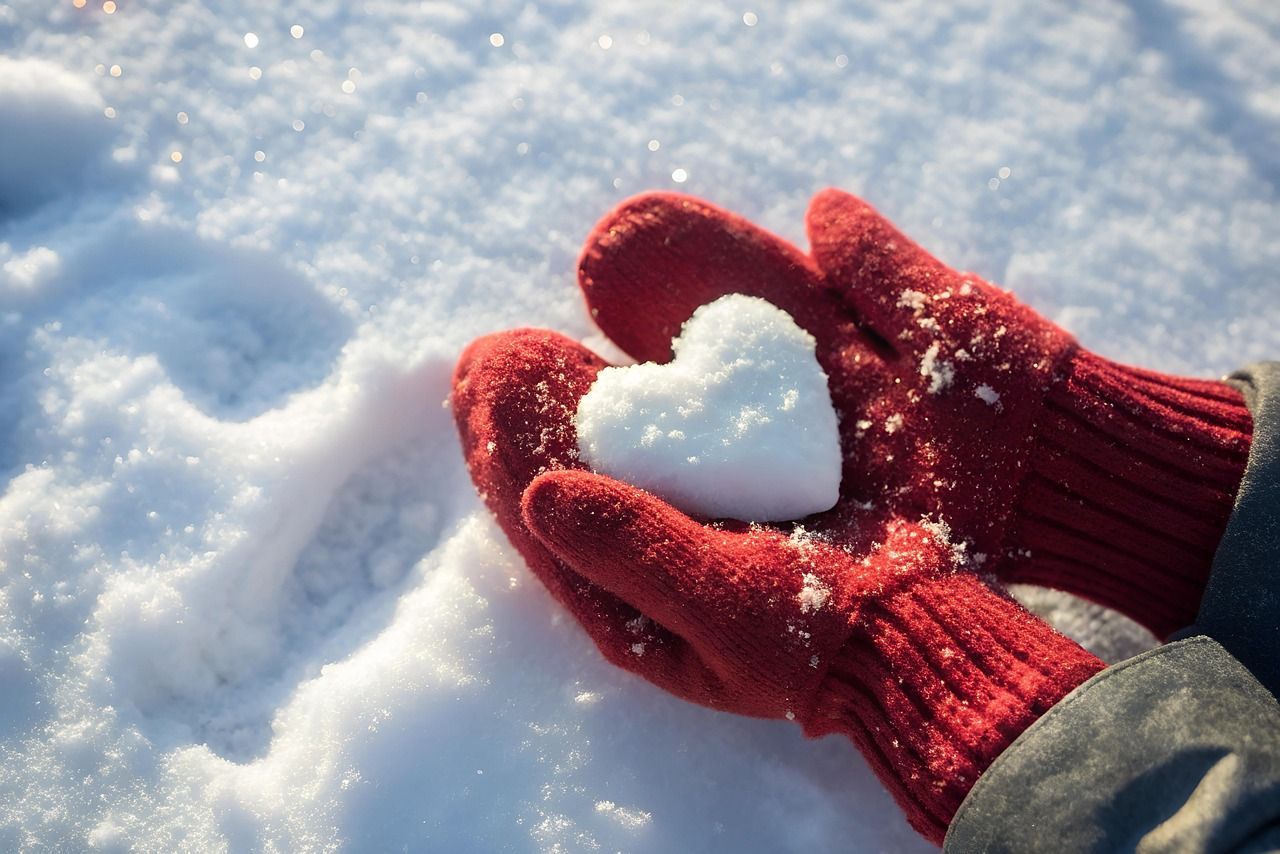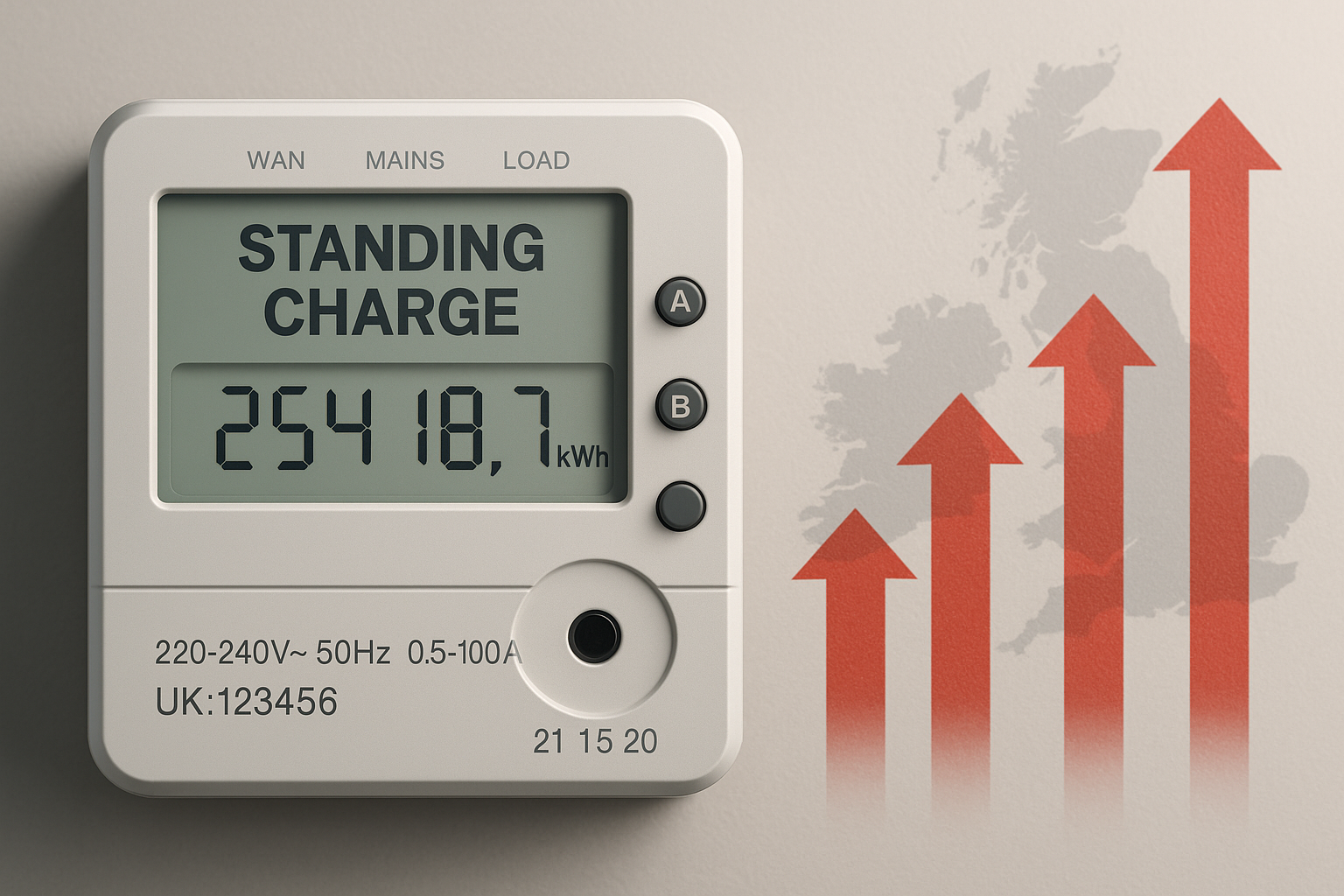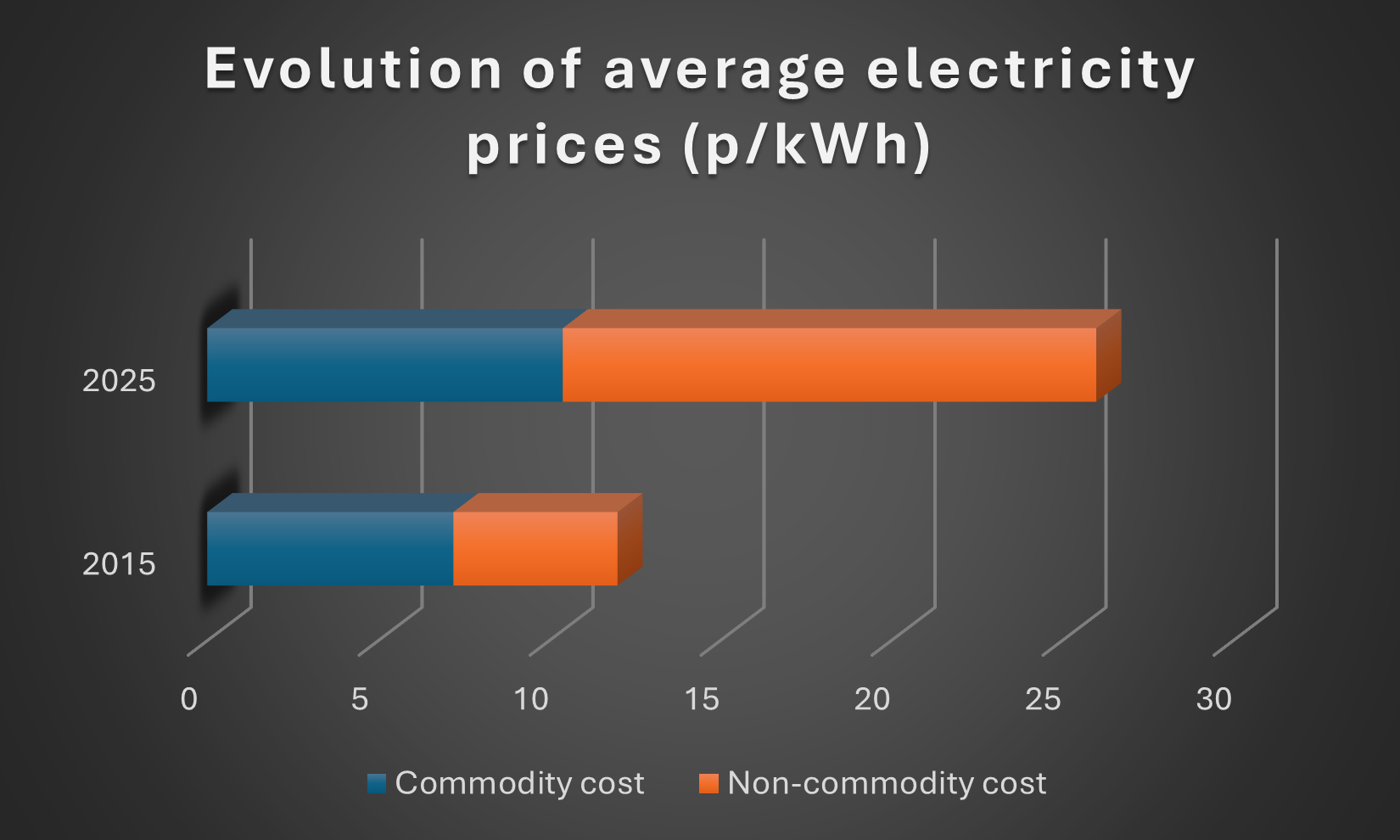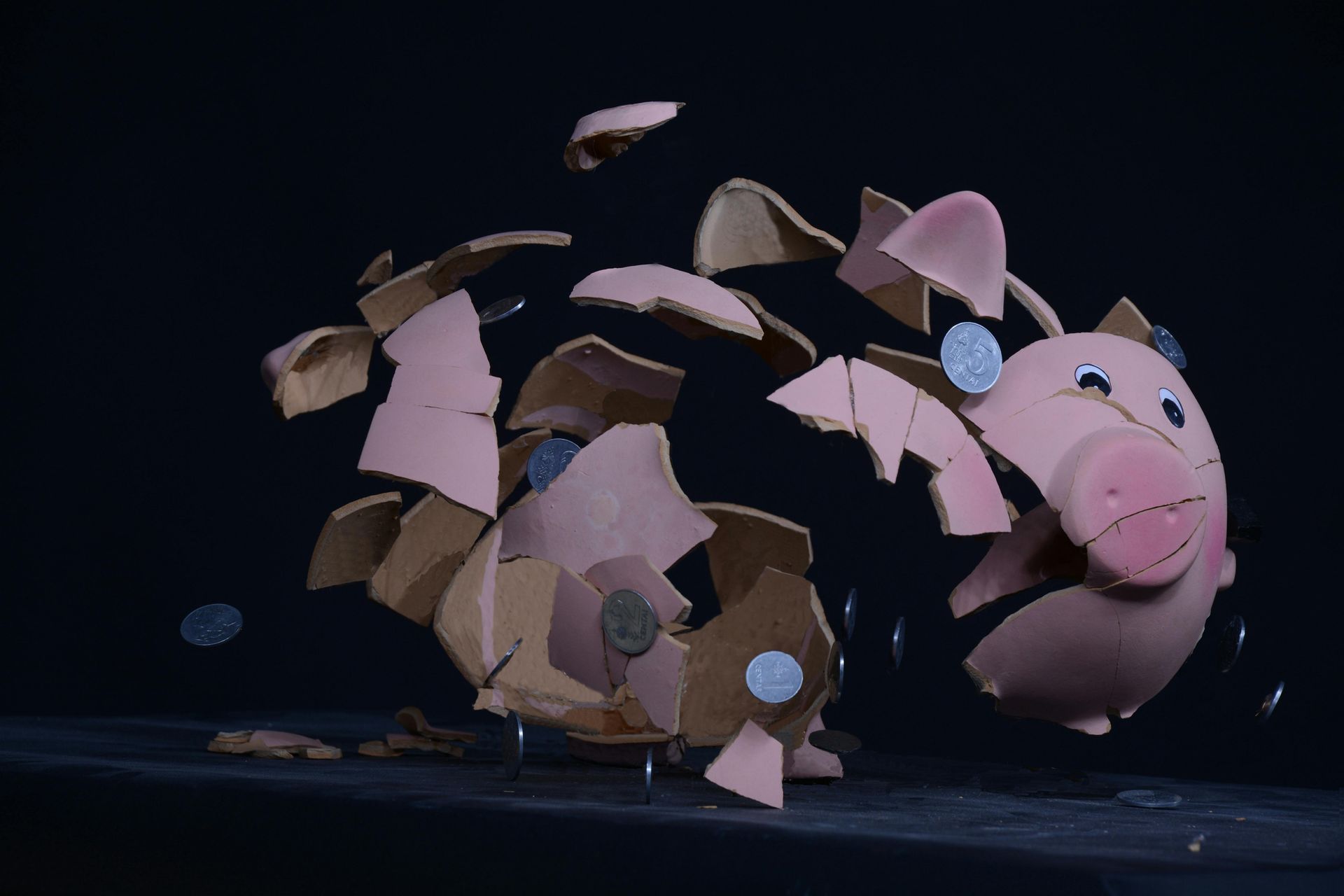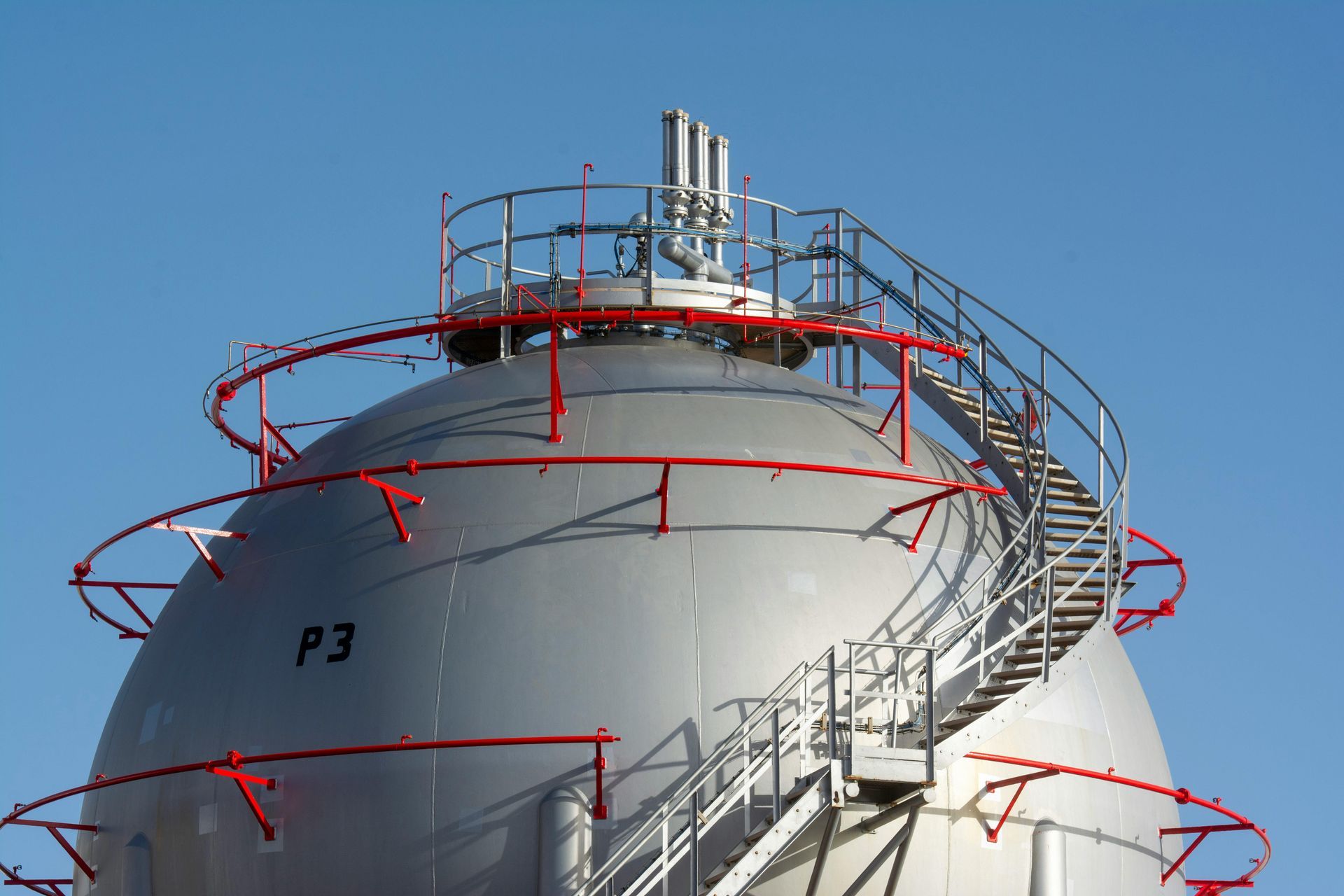August 2025 Review
August Review
By Adam Novakovic
August was a month that saw the return of domestic football and the return of one of the most prolific energy narratives of the last 5 years, as the conflict between Russia and Ukraine once again dominated the headlines.

Wholesale prices fell steadily throughout the month, and although the final 3rd of the month did see a sharp rise in prices, this rise was short lived, as the month ended with prices continuing their downtrend. This fall could also be seen in the gas markets with Summer’26 gas prices also dropping by approximately 10%. For a business that is expected to consume 100,000 therms of gas during April-September of 2026, this represents a saving of around £7,500.
Since the beginning of the year, one of the key narratives shaping energy prices has been whether EU nations will be able to buy adequate quantities of gas to refill their reserves in-line with EU mandates. During August, it was revealed that EU storage is now above 70% full and it seems most nations will be able to achieve their gas reserve goals without difficulty.
There had been concerns regarding German reserve levels, with the Rehden facility – the country’s largest – not achieving expected levels. Many of these worries were allayed when it was announced that the facility was set to be allocated 3 TWh of gas by the German supplier SEFE.
Previously, there has been fears that countries who fell behind with their targeted purchases may drive energy prices higher if they needed to outbid other nations in order to obtain the required gas. This now appears to be an unlikely scenario, especially after the EU relaxed the terms of their mandate allowing more flexibility in the dates that countries achieve their 90% reserve capacity.

It seems a long-time since the Russia-Ukraine conflict sent energy prices to unprecedented highs in 2022, but the conflict is still having an impact on gas and electricity rates. At the August 15 Alaska summit, the U.S. and Russia held indirect peace negotiations. Presidents Trump and Putin met and were unable to agree on a binding agreement. Subsequent talks at the White House on August 18 involved Ukraine’s Zelenskyy and European leaders, who pushed for security guarantees. However, Putin reportedly demanded ceding Donbas in exchange for peace, which Zelenskyy rejected.
Energy prices remained elevated amid continued uncertainty. With attacks on energy infrastructure -- including Ukrainian drone strikes targeting Russian refineries and pipelines -- raising concerns about supply disruptions.
Outlook
With the markets not reacting too severely to attacks on energy infrastructure in Russia and Ukraine, it appears that restrictions to supply from Russia will have a muted effect compared to 3 years ago. While this caps the potential for price rises, the possibility of Russian pipelines being re-opened to European markets still has the potential to lower prices. Reports suggest this has been discussed during talks, although it seems we may still be some distance from the point where this could become a reality.

This month we saw confirmation of a new charge that will be appearing on electricity bills during the final quarter of 2025. Whilst it is unlikely anybody will be jumping for joy at the prospect of another charge on their energy invoices, this charge is set to fund UK nuclear projects, and August saw workers arrive on site for the construction of Sizewell C which will contribute towards increasing the UK’s nuclear capacity. This increased nuclear power generation should lead to lowering unit costs and increased energy security for the UK.
Prices look set to continue to drop over the coming months, but one fear is the UK’s reliance on Norwegian gas. There is currently maintenance work being undertaken in Norway, and any unexpected delays or problems with this could cause a short-term spike in prices.
If your business requires advice with its energy procurement, management, or planning, then don’t hesitate to contact Seemore Energy to speak to experienced advisors who can help you with bespoke strategies and advice that is tailored to your needs.
